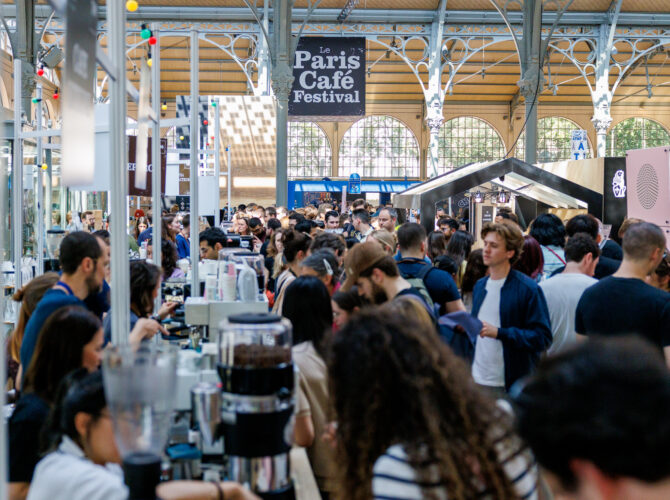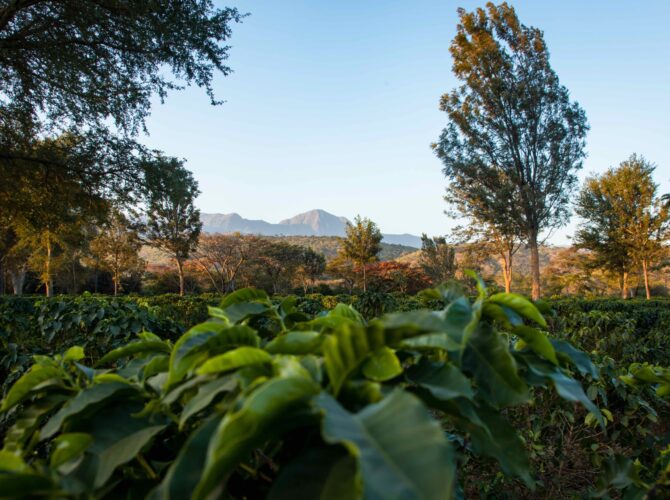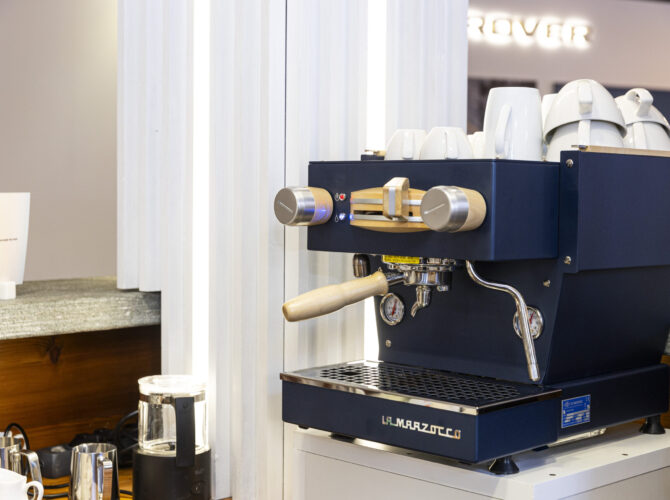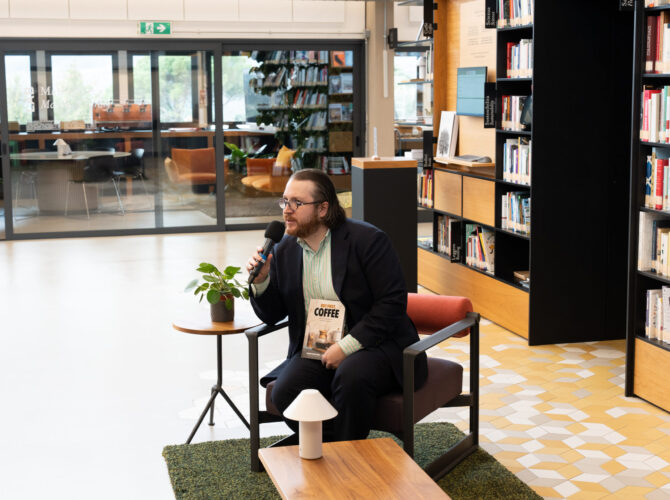World Coffee Research (WCR) is a non-profit organization with a mission to enhance and greaten the lives of coffee producers while protecting, growing, and enhancing the coffee supply. They encompass a sustainable and dignified vision, working with like-minded collaborators in the coffee sector. La Marzocco and the Accademia del Caffè Espresso have partnered with WCR.
WCR’s Strategy & Communications Director, Hanna Neuschwander answers in-depth questions about the next collaborations, our partnership, urgencies in coffee, and much more.

What are the latest experiments and processing methods you could share with us?
We are currently collaborating with the Specialty Coffee Association and Coffee Science Foundation on an exploratory experiment to investigate whether it’s possible to do high-throughput (e.g., fast + cheap) screening for coffee quality when you are dealing with hundreds or thousands of individual plants in a breeding program and you need to evaluate whether decent cup quality potential is there or not. It’s very difficult to use cupping as a method for this, but no standard methods for gauging quality for breeding populations have been developed yet. It’s a very fun project that has involved sending nearly 200 different coffees out to dozens of cuppers all over the world, as well as to chemistry, metabolomics, and spectroscopy labs.
How do you feel coffee brewing technology can help enhance coffee varieties and flavors and trigger a debate with the larger prosumer audience?
We have likely only scratched the surface of how the brewing process can be tailored to unique varieties and flavors—and not just brewing, but also processing and roasting. Most coffee drinkers have not had the experience of tasting unique varieties—most coffee is “bulked”.
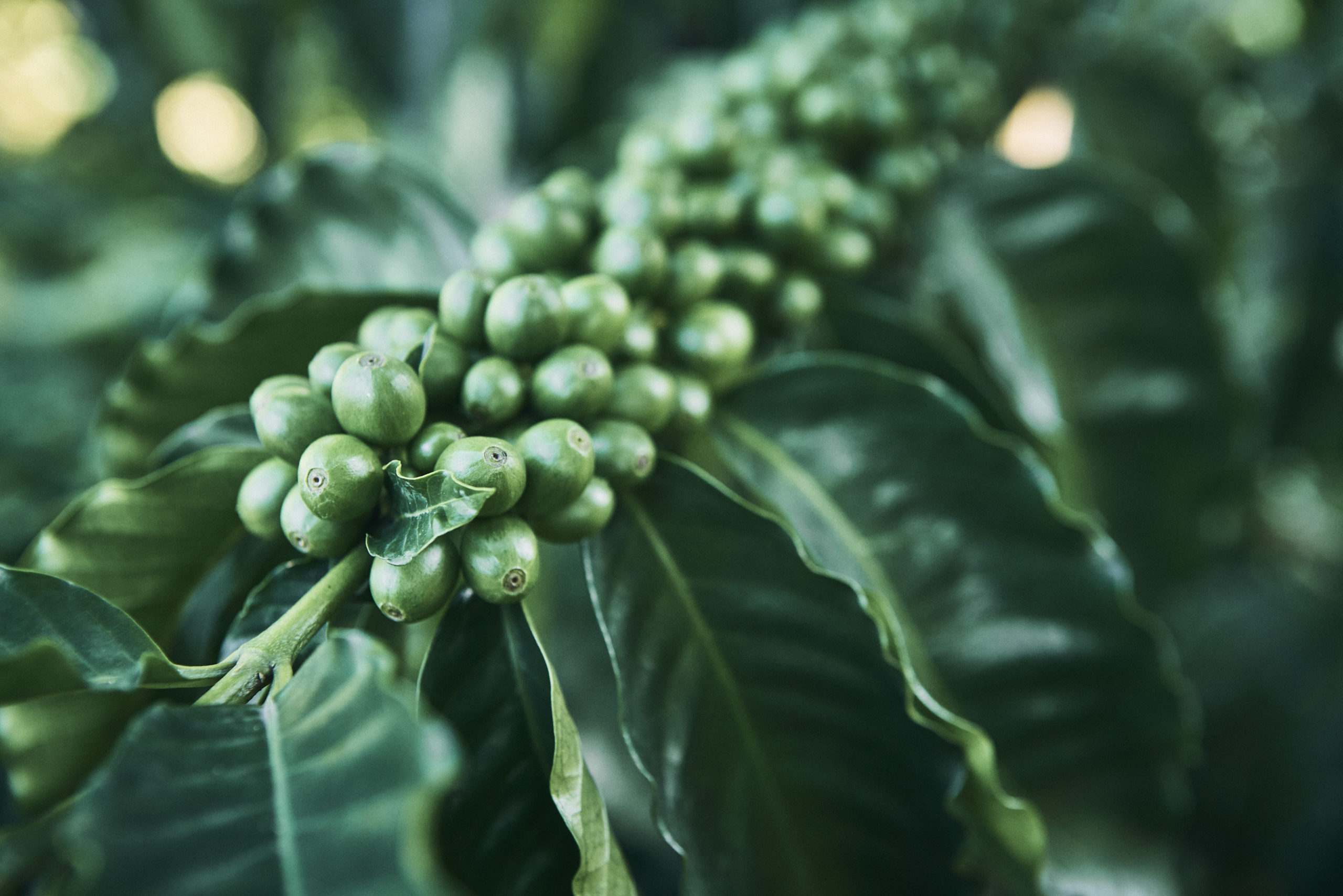
How was your experience in taking part in the inception phase of Accademia’s greenhouse?
It’s one thing to read words on a page; it’s entirely another thing to be in the presence of a living, breathing tree, and to learn a little something about that tree while you are standing face to face with one another. We were honored to be asked to contribute some of the educational content for the greenhouse experience.
Do you envision coffee growing beyond the coffee belt?
Suitable areas to grow coffee will certainly shift with climate change, but it’s important to define what “suitable” means. You can have an area that is climatically suitable, but where the entire land area is already covered in shopping malls, or where really critical food crops are being grown, or where protected forests lay, or where labor costs are three times as high as in other areas. Within existing producing countries, there will be specific regions that could become more suitable for coffee with climate shifts. Some countries, like Ethiopia and Colombia, are looking closely at how they might support coffee production in newly suitable areas over the coming decades. That will inevitably take major national-scale investment, for example, to build new mills and new roads. What about entirely new origins? Will it probably get easier to grow coffee in places like California or Florida? Sure. But the scale of these is very small and is likely to remain that way. California coffee right now costs on average about $80/pound. California coffee will always be a specialty crop. (For comparison, the 2020 average price for green coffee from Hawaii, which produces exponentially more coffee than California, is still $20/pound. The global price is currently hovering around $2.) It’s fun and exciting to think about and even see new coffee origins emerging, but dramatic shifts in the world’s major producing origins are unlikely in the near term.
What are the three must-read books about coffee and what do you feel are the trendy subjects now that the industry should be addressing?
- Coffee: A Global History – Jonathan Morris (and follow-on podcast “A History of Coffee” by Filter Stories)
- Coffee Is Not Forever: A Global History of the Coffee Leaf Rust – Stuart McCook
- The Coffee Guide, 4th edition – ITC
Which urgent matters will the coffee world be facing in the short-mid-long term and how can we respond to these challenges?
In the medium to long term, the climate crisis is an existential threat to coffee production. All plants on earth are affected by climate change and coffee is no exception. For coffee, both wild species (which we don’t consume) and commercial species (which we do consume) are affected. Wild species tend to be *more* affected simply because, by definition, no one is looking after them or adapting the surrounding environment to protect them. We expect to lose many wild species of coffee to human activity and climate change in the coming decades. The loss of those wild species matters because breeders may one day need to tap into those genetic resources to solve problems (e.g., like resistance to diseases that have not yet emerged or become widespread). But mostly when people worry about coffee and climate change they are thinking about the coffee species we drink already. We consume two main species, arabica, and canephora (often called Robusta). Arabica is grown generally at higher elevations and is more sensitive to heat and to diseases and pests, some of which are spreading to new areas with warming temperatures and changes to rainfall. There is a significant body of literature documenting that the impacts of climate change to arabica are mostly negative, but of course, there will be some new areas that used to be unsuitable that may become newly suitable. This is not an easy ’switch’ to make, though. Farmers can’t move their farms. It would involve today’s farmers switching away from coffee and incentivizing farmers in new areas to begin growing coffee – and to learn how to do it profitably. That difficulty is why there is so much emphasis on finding ways to support today’s farmers to adapt to climate change, if possible. One adaptation method can be to switch from Arabica, which doesn’t tolerate heat that well, to Robusta, which tolerates it better. But heat isn’t the only factor – each species has a different tolerance to drought, excessive rainfall, even wind — and to different diseases and pests. Helping farmers adapt is necessarily *highly local* – the specific microclimate can have so much to do with the success or failure of one change vs. another.
Through breeding, we can work to create plants that are more tolerant to extremes – heat, drought, water, etc. We can also work to create plants that have higher production and higher cup quality, which are critical for farmer profitability. When farmers are profitable, they have more ability to invest in their farms and make other changes that might offer them protection from the effects of climate change. If we want farmers to keep growing coffee, it’s our responsibility as an industry to make coffee attractive, to pay fair prices, and to develop the tools and technologies that farmers need to be successful. If not, farmers shoulder all the risk and receive none of the rewards — and they will understandably make other choices.
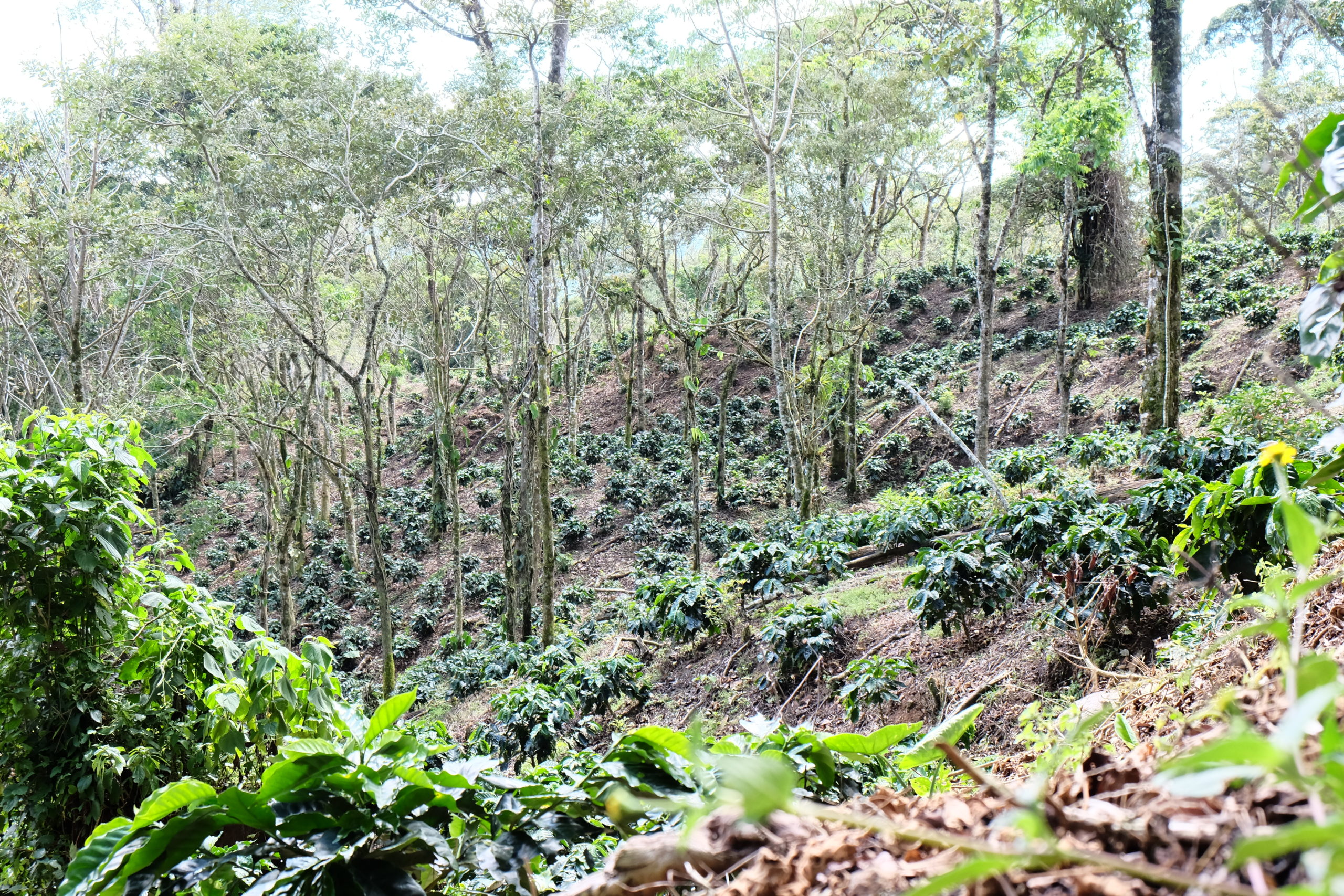
How do you involve other players of the industry (green coffee companies, traders, roasters, baristas) in the studies you are conducting and in the methodology of your work?
The single most important role that the industry plays in WCR’s work is coming together precompetitive to fund and direct our research agenda. We are industry-driven. Our 200+ member companies in 27 countries guide everything we do, from setting our strategic 5-year agenda to focus on preserving origin diversity, to cupping dozens of coffees from our breeding and trial programs every year, to picking up the phone and calling on policymakers to support broader funding for coffee research. In addition, it’s critical to credit our national coffee institution partners—who do the lion’s share of on-the-ground work to manage trials and will be the ones implementing a new global breeding network in 2022. Our core objective to modernize a variety of improvement systems can only be achieved with and through our partners and member companies.
Where do you mostly imagine the application of the “new hybrids”?
F1 hybrid varieties, which are still quite new in coffee, have shown significantly improved performance over traditional varieties (especially yield and improved resilience against diseases/pests), and their potential for increased yield in agroforestry systems can transform coffee production systems to directly contribute to climate mitigation and adaptation goals. Hybrids also show adaptation to a wide range of environments, including to frost, which is consistent with the increased genetic diversity “packed into” a hybrid plant. This is important in the context of climate change. And we have seen some of them score 90+ points in Cup of Excellence competitions, so we can be confident there is not an inherent tradeoff between field performance and cup performance.
But it’s important to understand that F1 hybrids can be risky for farmers who are used to saving seed (the majority of farmers worldwide). Seed of F1 hybrids will not perform the same way as the mother plant. Since the consequences of planting F1 seed may not be realized until a few years after planting, a farmer who saves and uses the see of his F1 hybrid plant may lose production for six years or more. For this reason, F1 hybrids are best suited for farms that have some access to agronomic training and support, as well as qualified nurseries that can produce high-quality F1 hybrid plants.
Which role does play coffee extraction play in your research?
The vast majority of our research is focused, by design, at the level of the plant and the farming system—our mandate and mission is to focus on protecting the supply of high-quality coffee. But there is that word—quality. In order to improve the quality of varieties, we need to have good methods of evaluating quality. The methods that are most widely used in the industry are naturally limited because they were designed for a narrow purpose—quality evaluation in support of maintaining quality specs and to support purchasing and contracts. So there are some holes. For example, when we started in 2012, there was not a common lexicon of flavors for coffee, as defined by sensory scientists. So we worked with researchers at Kansas State University to develop the WCR Sensory Lexicon, which became the basis for the revised SCA/WCR/UC Davis Coffee Taster’s Flavor Wheel.
Another example: There is no common method in the industry for evaluating the quality of green coffee for espresso preparation. We are working on a small project with La Marzocco and others to pilot test and validate a method.
We work on projects like this because in order to develop better varieties we need clear and rigorous methods for evaluating coffee quality in different ways.
How can we teach and approach the final customer about varieties of coffee?
Varieties are one aspect of the rich diversity of flavor experience and connection offered by coffee. There is no other beverage like it—and you can see that reflected in the incredible passion people have for their coffee.
Why should consumers care about research? Research is an essential basis for improving the ‘goodness’ of coffee: how good it tastes, how good it is for the planet, and how good it is for people who grow it.
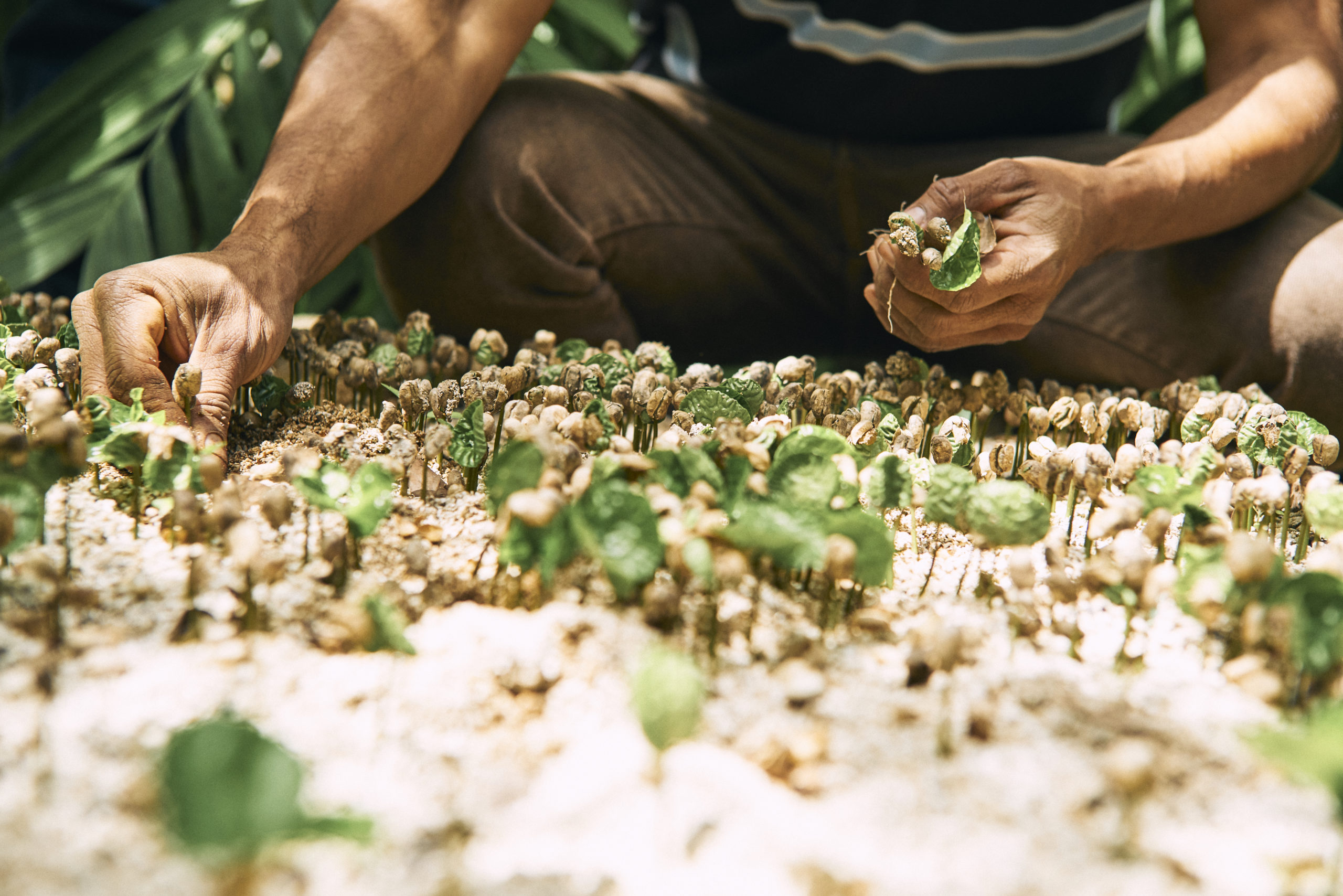
If looking into the future, how do you see the development of coffee in 50 years? How many varieties will there be?
Variety development in coffee has historically been a stop-and-start affair. A country will breed and release a new variety or two, and then nothing for the next 10, 20, even 50 years. If national research programs in producing countries are able to modernize their breeding programs and seed systems in the coming decades—coming up to the level of many other crops—the options available to farmers will be completely transformed. In 25 years, multiple countries should have a basket of new varieties ready that are better, more stable and predictable, and more diverse than all of the current varieties combined. From then on, the goal and the ideal is that there would be a continuous pipeline of ever-improving varieties available for farmers in multiple countries on an ongoing basis. In many places, there is still tremendous work to be done to help farmers first optimize inputs and farming and processing practices. But once that is done, the way “up” in terms of productivity and quality is through better varieties. And of course, variety innovation is going to be absolutely essential for adapting to the climate crisis.


